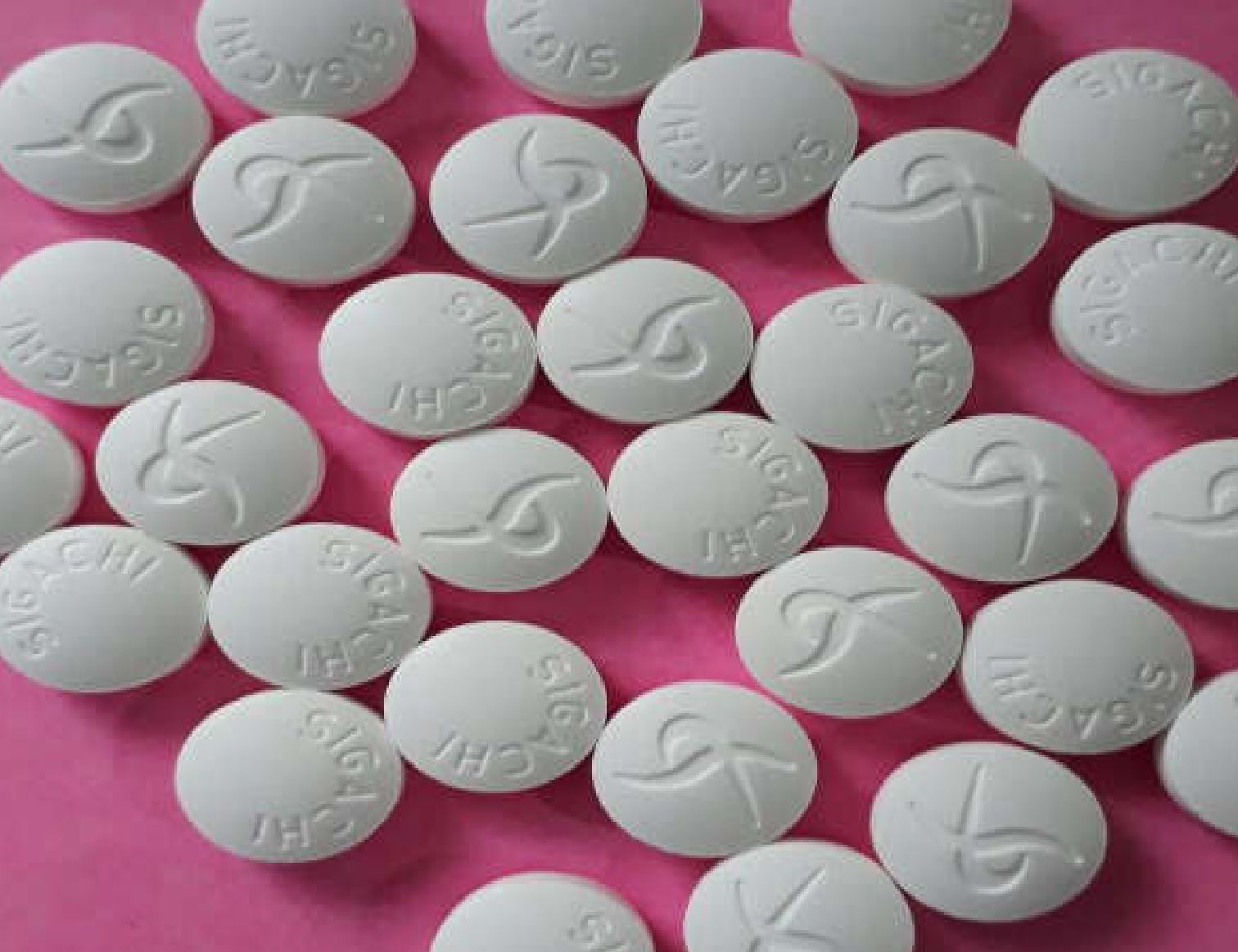Study of Microcrystalline Cellulose as a Substitute of Magnesium Stearate Towards Functionality of Lubricant in Aspirin Formulation

Abstract
In pharmaceutical industries, magnesium stearate is used as a lubricating agent. It is frequently used in the solid dosage forms. In solid dosage forms generally it is used in the concentration of 0.2 % to 2.0%. However, it decreases hardness of tablet in some formulations. Microcrystalline cellulose is very good excipient, it has excellent binding property. In solid dosage forms, it works as a good lubricant, disintegrant, binder and filler. Concentration of lubricants in formulation should be balanced in terms of the adverse effects of used lubricant. In this study we have manufactured aspirin tablets by direct compression with different concentration (0.05% to 2.00%) of magnesium stearate and microcrystalline cellulose and then evaluated pre compression and post compression study. In pre compression study, we have evaluated bulk density, tapped density, angle of repose of aspirin tablet blend and in the post compression study, we have evaluated weight uniformity, hardness, percentage friability, disintegration time and dissolution profile of aspirin tablet.
Introduction
Direct compression is the preferred process to manufacture solid dosage forms (Shangraw RF, 1993). All solid dosage forms mainly contain active pharmaceutical ingredient (API) and excipients (United State Pharmacopeia 39 NF34). The excipients are used as bulking agents in formulation; they may be diluents, binders, fillers, disintegrants, glidants or lubricants (Jianjiang L, 2014). Lubricants play a vital role in successful manufacturing of pharmaceutical solid dosage forms. Lubricants are added in very small quantity in formulations. It is added in the final stage of mixing of the formulation. It improves tableting characteristics and improves tableting process too (Late SG, 2009). Tablet formulation requires lubricant in order to reduce friction between tablet edge and the die wall during compression. It also prevents ingredients from clumping together and sticking to the tablet punches (Peck GE, 1989). Lists of lubricants are available in the market i.e. stearic acid, calcium phosphate, di calcium phosphate, calcium stearate. Magnesium stearate is one of them. It is a solid and white fine powder which is obtained in two forms. One is naturally and second is synthetically. Naturally, it is derived from plant source and synthetically it is produced by the reaction of sodium stearate with magnesium salts or by treating magnesium oxide with stearic acid (Patel S, 2007). Magnesium stearate is used as lubricant in direct compression method. High speed tablet punching machine requires higher lubrication for proper die filling and less tablet weight variation. Increasing concentration of magnesium stearate can give adverse effect on quality parameters of tablets (Rao KP, 2005). Whereas microcrystalline cellulose can be used in desired concentration. It does not show any side effects on flow property and quality of powder blend (Tomar M, 2016). Microcrystalline cellulose is non-reactive, free-flowing and versatile pharmaceutical excipient (Iranloye TA, 1978). It has strong binding property to bind the active pharmaceutical ingredient, most extensively used filler and has inherent disintegrant properties.
Besides these qualities, microcrystalline cellulose is having required lubrication properties in itself (Tomar M, 2015). It is native of cellulose group. It is purified, partially depolymerized cellulose which is an organic compound; consisting of linear chain of several hundred to ten thousand β (1-4) linked D-Glucose units (Thoorens G, 2014). It is prepared by treating alpha cellulose, obtained as pulp from fibrous plant material, with mineral acids at required temperature and pressure (Barra J, 1996). Many literatures have reported that magnesium stearate decreases the tablet hardness with some APIs (Uzunovic A, 2007) (Shipar MAH, 2013-2014) (Nelson D). Therefore concentration of lubricant in formulation should be in limit. Present study was designed with an objective that “If magnesium stearate is used with microcrystalline cellulose in formulation, it should be used in minimum quantity”. In this study we have prepared different formulas using increased quantity of magnesium stearate 0.05%, 0.10%, 0.5%, 1.00%, 1.50% and 2.00%. Manufactured direct compressible tablets and evaluated tablet profile in terms of weight uniformity, hardness, friability, disintegration time and dissolution profile.
Download the full article as PDF here Study of Microcrystalline Cellulose as a Substitute of Magnesium Stearate Towards Functionality of Lubricant in Aspirin Formulation
Materials
In this study, we have used HiCel™90M grade of microcrystalline cellulose manufactured at Sigachi Industries
Pvt. Ltd, Dahej, Gujarat. Magnesium stearate was procured from Prachin Chemical, Ahmedabad, Gujarat; Aspirin from
Andhra sugars limited, Andhra Pradesh and povidone from JH Nanhang Life Sciences Co., Ltd. Other all ingredients used were of analytical grade (AR grade).
Source: Sigachi, Study of Microcrystalline Cellulose as a Substitute of Magnesium Stearate Towards Functionality of Lubricant in Aspirin Formulation, Jilika Shah, Monika Tomar, Ajay Kumar Singh and Amit Raj Sinha
Do you need more information or a sample of Sigachi excipients?

